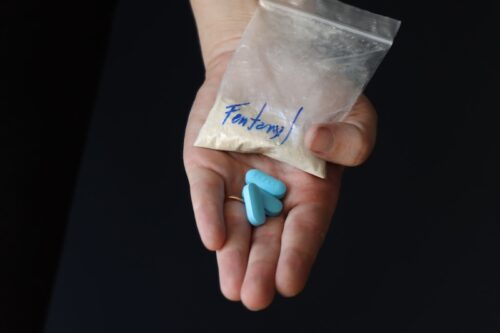Consider Catatonia in Your Differential
John Raiss, MD. Dr. Raiss, author of this educational activity, has no relevant financial relationship(s) with ineligible companies to discloses.
REVIEW OF: Shrivastava SVK et al, J Child Adolesc Psychopharmacol 2021;31(2):144–146
STUDY TYPE: Case report of Shrivastava et al, discussed by Barbara Coffey, MD
Catatonia is common in adult inpatient settings, where 6%–15% meet diagnostic criteria. In children and adolescents, prevalence estimates vary more widely, from 0.6% to 17%, perhaps because catatonia is often misdiagnosed or unrecognized. Like delirium, catatonia occurs as part of many conditions, including psychosis, mood disorders, substance use, autistic spectrum disorder, and medical conditions. Symptoms of catatonia overlap other conditions and can have opposing characteristics, although acute onset is often a tipoff. Twelve symptoms characterize catatonia, with three required to make the diagnosis. The symptoms fall into three groups: 1) absent or excess psychomotor activity: stupor, negativism, agitation; 2) absent or bizarre speech: mutism, stereotyped repetition, echolalia; 3) odd or unusual movements: catalepsy, posturing, waxy flexibility, mannerisms, stereotypic movements, grimacing, and echopraxia. The Bush-Francis Catatonia Rating Scale is a useful screening instrument (www.tinyurl.com/4yzm27nf).
Catatonia usually clears rapidly when treated with benzodiazepines or electroconvulsive therapy (see our interview with Dr. Wachtel on page 1). Antipsychotics can exacerbate catatonia and possibly lead to a severe and even life-threatening malignant catatonia, which is thought to be related to neuroleptic malignant syndrome.
M, a 12-year-old Black male, was brought to the ER by police after he hit the back door of his home and shouted at someone who was not present. Earlier that day he had briefly left his aunt’s supervision to talk to friends. His urine drug screen was positive for amphetamines. He had been prescribed lisdexamfetamine 20 mg for ADHD but took it irregularly. He had once been caught with marijuana at school. He reported auditory and visual hallucinations. He anxiously paced around the unit, repeating one phrase over and over. When talking to his grandmother, he held the phone upside down, then dropped the phone receiver and walked away. He was started on risperidone 0.5 mg at night.
The next morning, M needed assistance with his personal hygiene and eating. He demonstrated waxy flexibility, mutism, and negativism, suggesting catatonia.
M received a 1 mg oral lorazepam challenge and became more engaging and responsive to instruction. Lorazepam 1 mg BID was started. He held conversations and displayed linear thought processes. Risperidone was discontinued. M was discharged the next day to outpatient care on no medication.
Carlat Take
Catatonia is common. Like delirium, it is a syndrome with many possible causes. It has a good prognosis if recognized and treated with benzodiazepines, not antipsychotics. Keep it in mind, especially in acute care settings.
Newsletters
Please see our Terms and Conditions, Privacy Policy, Subscription Agreement, Use of Cookies, and Hardware/Software Requirements to view our website.
© 2025 Carlat Publishing, LLC and Affiliates, All Rights Reserved.


_-The-Breakthrough-Antipsychotic-That-Could-Change-Everything.jpg?1729528747)



